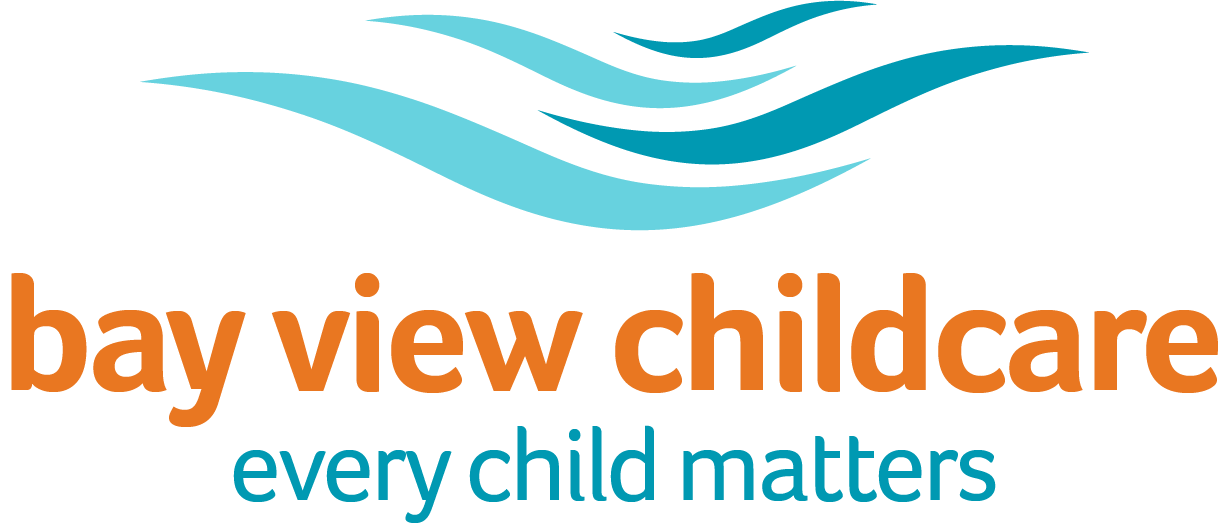Solution Focus
An Emotional Differentiation Approach: a brain based way of working with young people.
The ideas used in this approach are sourced from the work of Milton Ericksson, Joe Griffin, Ivan Tyrell, John Bowlby, Daniel Siegel, Louise Bomber, Kate Cairns, Norman Doidge and Barbara Arrowsmith-Young amongst others. There is no claim to originality here but an approach that synthesises ideas into a way of working.
Emotional Differentiation is in its essence a Solution Focused approach. It fully acknowledges issues from the past that may have come about from experiencing significant insecure attachment, trauma, abuse, loss and neglect and that may manifest as significant issues around anxiety, fear, guilt, sadness, volatility and self-identity. It then asks the question, ‘What has this past experience done to a young person’s brain structures and how can we change that now?’ In asking this question we acknowledge modern advances in ideas from Neuroscience and in particular the ability of the brain to change, develop and ultimately heal itself.
To change brain structures we need to do two things:
- Dampen the existing brain structures that are causing issues – for example, excessive emotional arousal and excessive emotional need;
- Create and strengthen new or better brain structures – for example, the ability to problem-solve.
Daniel Siegel in particular identifies three overarching emotional brain issues as:
- Integration and balance between the upper and lower brain systems;
- Integration and balance between the brain hemispheres;
- Integration and balance between implicit and explicit memory systems.
The approach we take finds ‘Emotional Differentiation’ in the everyday and every moment – strategies and approaches can come from anywhere and everywhere. In this sense it is also an approach that is modelled around ideas of a Therapeutic Milieu and indeed the pioneering work of Milton Eriksson. It provides both a coherent model for introducing a wide range of simple strategies and for organising them around a young person’s emotional needs. It provides strong planning tools that allow reflective practice around strong evidence. It sits comfortably within ideas from Social Pedagogy theory and is ultimately driven by the progress being made by the child in observable actions, states and behaviours.
Key ways of working
- We use a scaling and checklist of Emotional Needs to identify which emotional needs in the young person are ‘hot’ – for example, feeling secure; feeling that there is personal autonomy in a situation.
- We use a scaling and checklist of the young person’s identified behaviours – as a window into indicating emotional need.
- We provide a framework and checklist for a range of existing strategies plus new ones decided in partnership and implemented around meeting these key emotional needs.
- We provide a framework and checklist for a range of strategies and approaches that identify ‘directions’ in which the brain needs to be grown and how to do this.
- Our strategies are in and from the everyday. They can happen all and anytime.
- They provide all staff with organising ideas that are focussed on meeting underlying emotional needs and so changing and developing appropriate behaviour from this viewpoint.
Ultimately the aim of our approach is to ensure the young person feels safe and secure in themselves as she develops in a holistic way emotionally, ready to move on – whether that is a return to family, or a less intensive placement and integration into society. As the young person recovers and discovers balance and integration in her brain systems so will they grow and develop as individuals, increasingly embracing positive outcomes. Emotional Differentiation can be applied anywhere where adults have the skill and willingness to do so. It can support family and foster placements.
